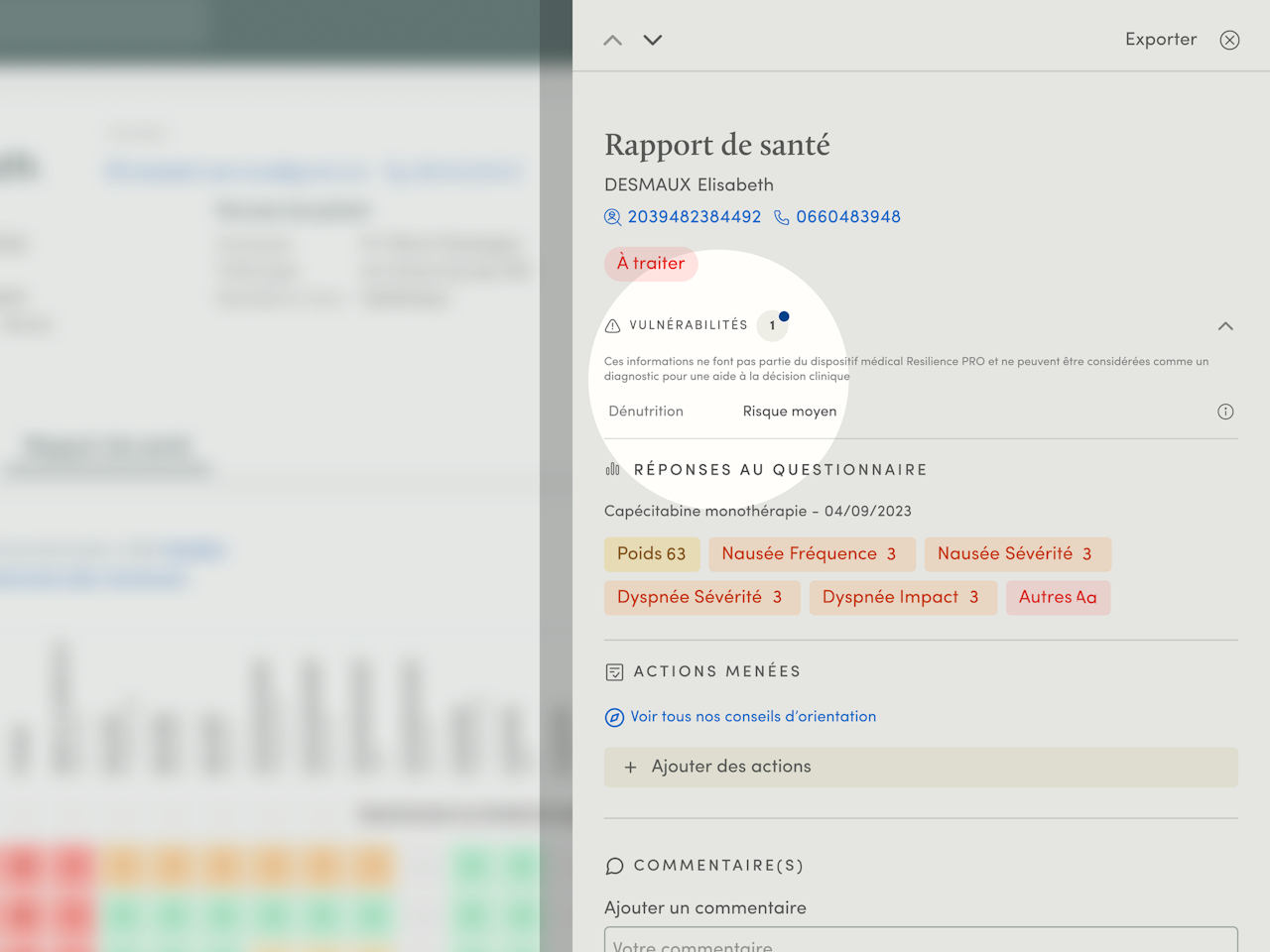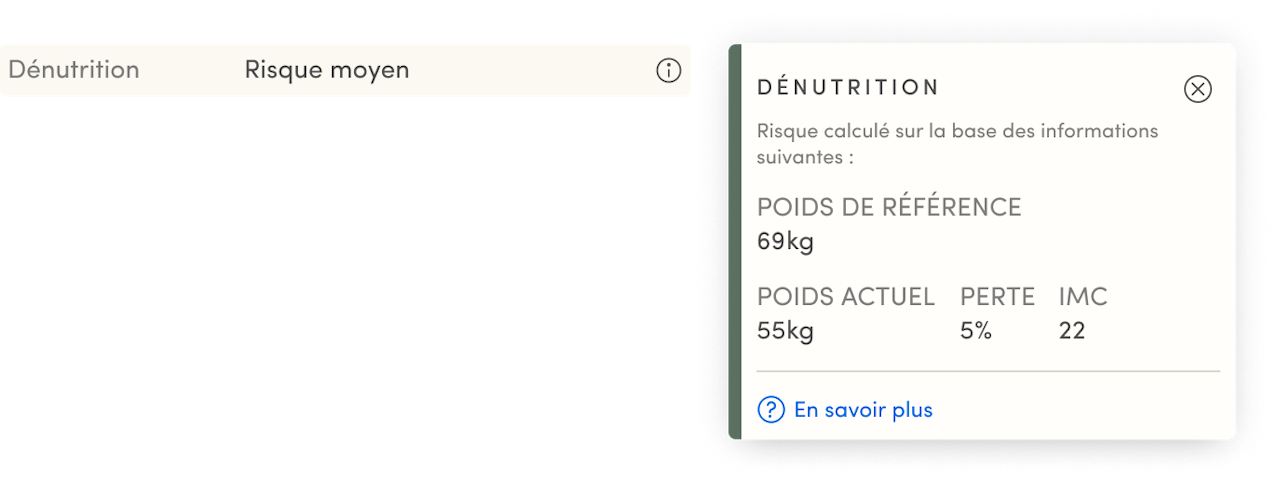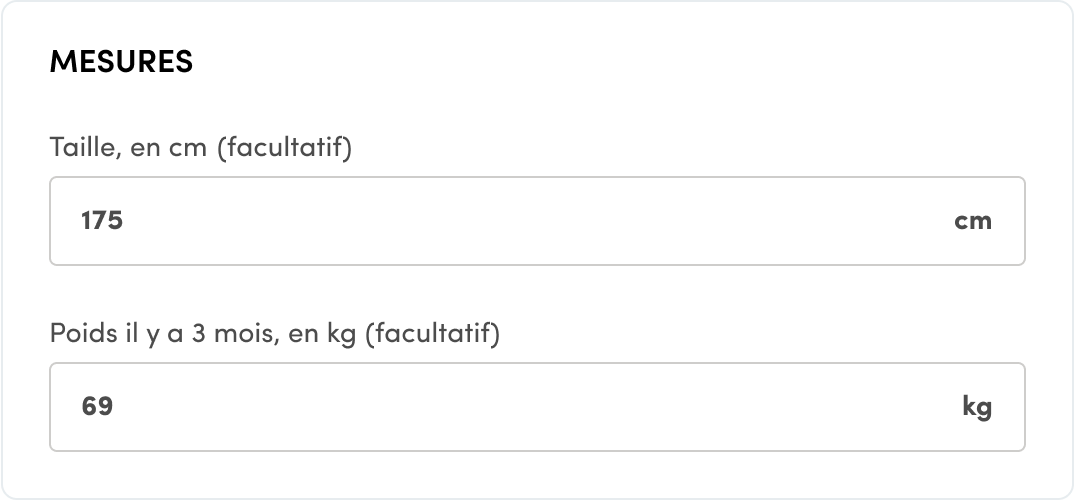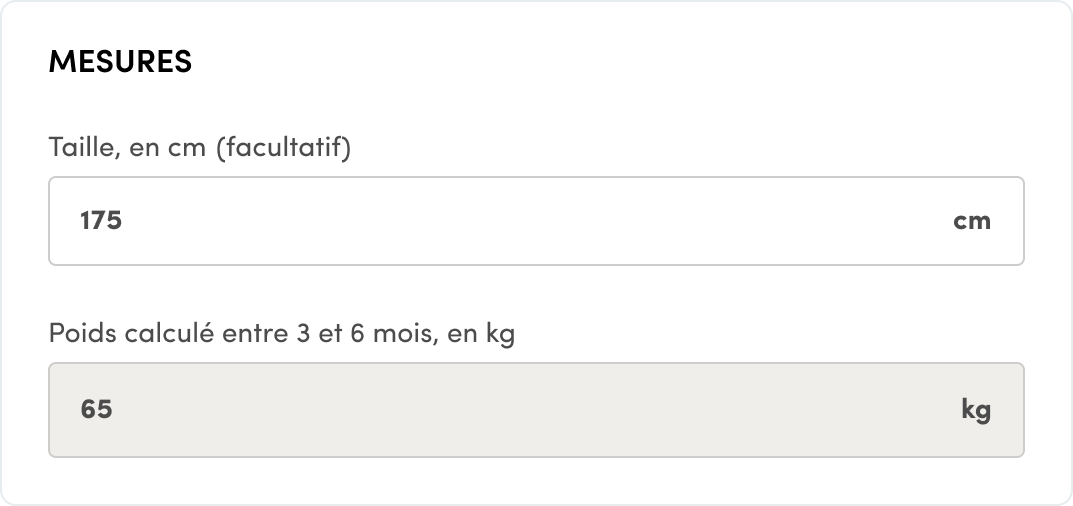





Monitoring a patient’s risk of malnutrition
Resilience makes it possible to collect specific data to monitor the risk of malnutrition and alert the care teams.
The risks of malnutrition do not generate an alert.
Therefore, to view this data, you need to go to the health report in the questionnaire of your choice, then enter the “Vulnerabilities” section where you’ll find information in the following cases:
If there is a medium or high risk (information not displayed if there is no risk)
If information required to measure this data is missing
In these 2 cases, you can obtain more details by clicking on “ℹ️”

How is the malnutrition risk score calculated?
This malnutrition risk score is calculated using the patient’s weight entered in the questionnaire and the information provided in their profile (BMI, primary cancer location, etc.).
To find out more, see the article “What is the Resilience malnutrition score?”

Key information to enter
In order for Resilience to be able to measure the risk of malnutrition, the following information must be entered correctly in the patient’s profile:
Measurements: height and weight of the patient 3 months ago (from the date of entry)
Primary cancer location
Patient’s age
The patient must enter their weight when answering each questionnaire.

The patient’s weight is already entered, but I can’t edit it. Why is this?
For patients monitored remotely for more than 3 months, their weight data is already known by Resilience, which means it can be filled into the patient profile automatically.
In this case, this weight data serves as a reference. It is greyed out in the patient’s profile and cannot be edited by the practitioner.

Why is monitoring the risk of malnutrition so important?
To find out more, see the article “The importance of nutrition in a patient’s cancer journey”.
